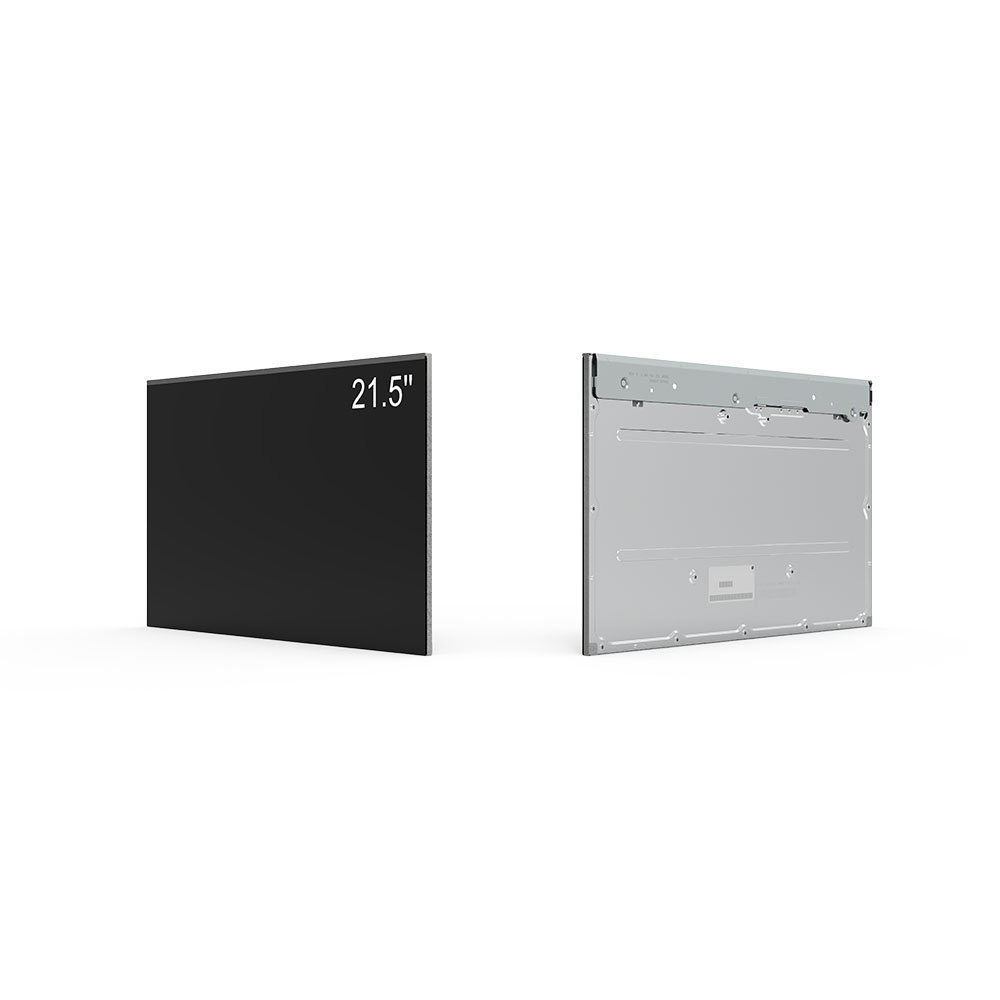When it comes to high-performance outdoor LCD displays, the choice of panel technology is critical—not just for image quality, but for durability, visibility under sunlight, and long-term reliability. Among the various display technologies available, IPS (In-Plane Switching) panel screens stand out as the preferred solution for commercial, industrial, and public information systems.
IPS panels are a type of liquid crystal display (LCD) technology that was developed in the late 1990s to overcome the limitations of older TN (Twisted Nematic) panels—particularly poor viewing angles and color shift. In an IPS panel, the liquid crystals are aligned horizontally relative to the substrate, allowing light to pass through more uniformly. This results in significantly improved color accuracy, wider viewing angles (up to 178°), and consistent image quality from any angle—a must-have feature for outdoor installations where viewers may approach from multiple directions.
For outdoor applications, IPS panels offer key advantages beyond visual performance. They are inherently more stable in temperature extremes, making them ideal for environments ranging from -30°C to +60°C. When paired with high-brightness LED backlights (often exceeding 5,000 nits), IPS panels maintain excellent contrast ratios even under direct sunlight. According to industry standards like IEC 60068-2-1 (temperature testing), IPS panels used in outdoor digital signage have demonstrated superior thermal stability compared to TN or VA alternatives.
Moreover, modern IPS panels incorporate advanced anti-glare coatings and polarization layers that reduce reflections by up to 90%, enhancing readability in bright conditions. This is crucial for applications such as bus stops, retail kiosks, and construction site information boards. In real-world deployments—like those in Dubai’s metro stations or Seoul’s smart city billboards—IPS-based outdoor screens have shown over 99% uptime in extreme weather conditions, thanks to robust internal cooling systems and IP65-rated enclosures.

From a maintenance perspective, IPS panels also offer longer lifespans due to reduced pixel degradation and lower power consumption per unit area. Industry data from Display Supply Chain Consultants (DSCC) shows that IPS panels degrade at less than 0.5% per year under normal outdoor use, whereas TN panels can degrade up to 3% annually.
In summary, IPS panel screen technology delivers the perfect balance of visual fidelity, environmental resilience, and operational efficiency for demanding outdoor environments. Whether you're designing a solar-powered billboard, a traffic information system, or a public safety display, choosing an IPS panel ensures clarity, consistency, and long-term value.







